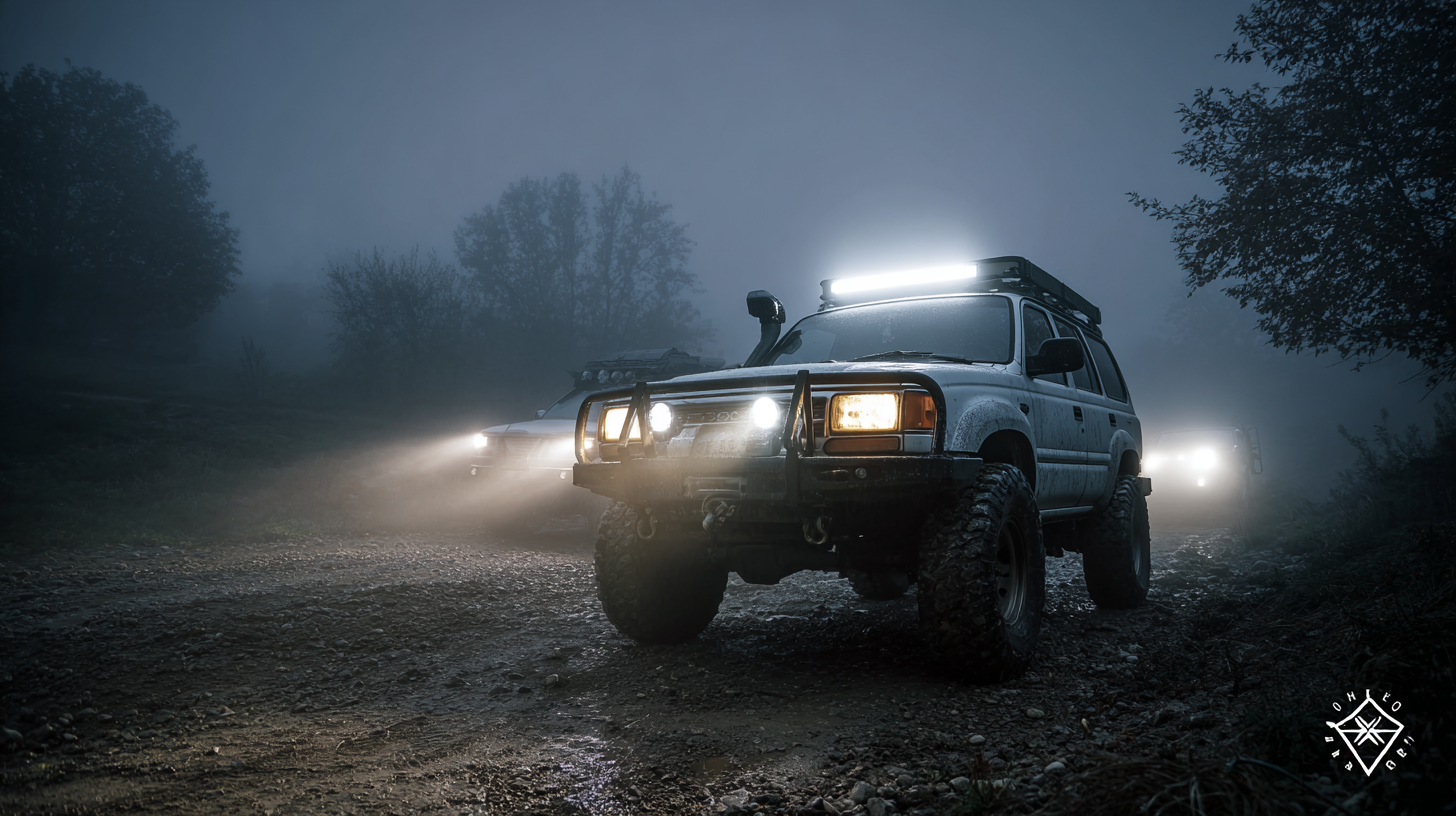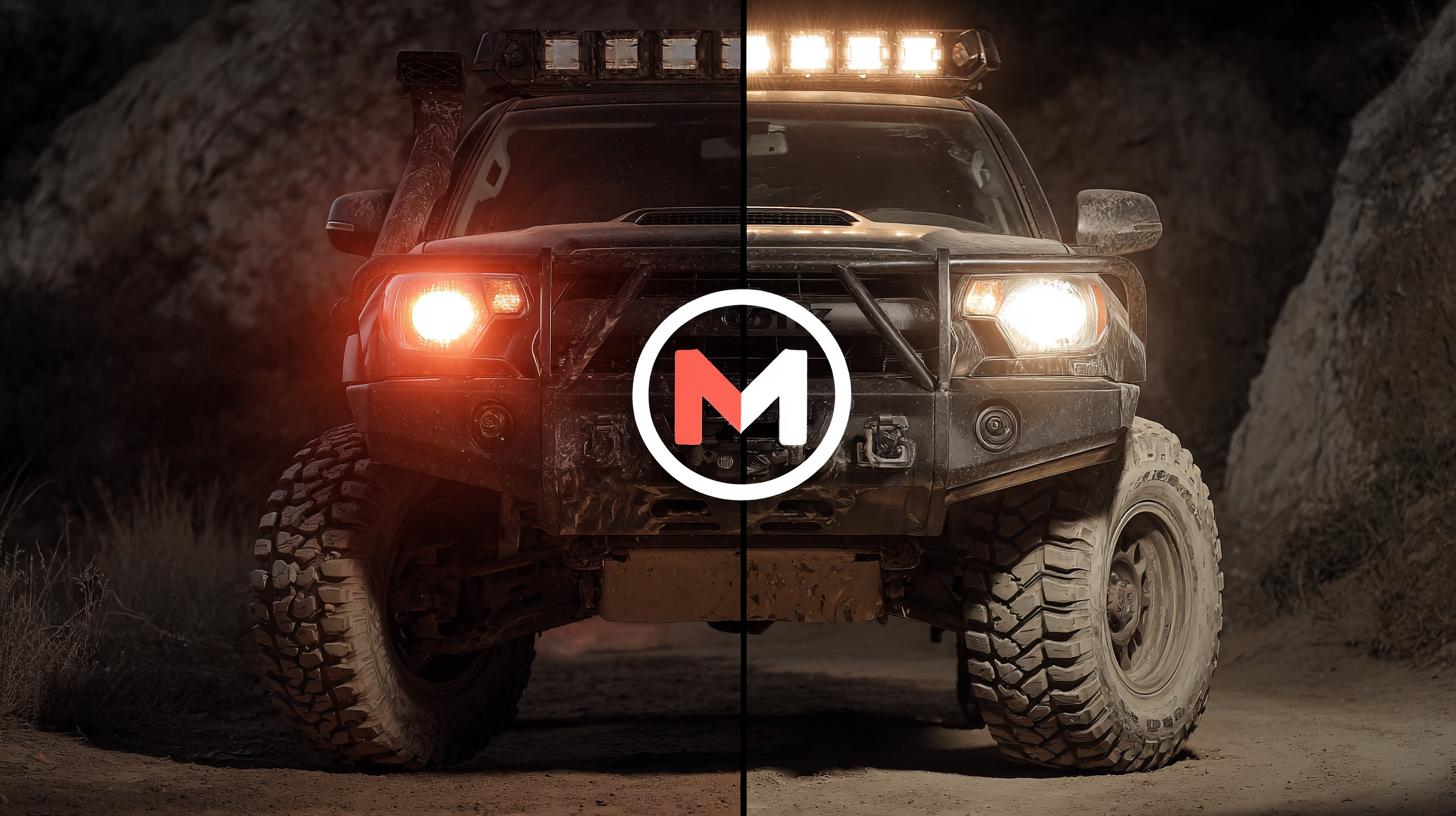In the rapidly evolving landscape of off-road vehicles, the demand for high-quality off road lights has surged, driven by the growing popularity of outdoor adventures and off-roading activities. According to industry reports, the global market for off-road lighting solutions is projected to reach USD 2.5 billion by 2025, reflecting a compound annual growth rate (CAGR) of over 7%. This increasing interest underscores the importance of selecting the right manufacturer for off road lights, as quality, durability, and performance can significantly impact safety and experience. In this comparative guide, we explore the key factors to consider when choosing a manufacturer, emphasizing the craftsmanship behind these products—“精工细造,中国制造,服务世界”—to help you make informed decisions that enhance your off-road journeys.

When selecting off-road lights, understanding their key features is crucial for optimal performance. Brightness, beam pattern, and durability are essential factors to consider. Brightness is measured in lumens, and for off-road use, you generally want lights that offer high lumen output to illuminate dark trails effectively. Additionally, the beam pattern determines how far and wide you can see; a combination of spot and flood patterns is often best for varying terrains.
Tips: When choosing off-road lights, consider models with adjustable beam angles, allowing you to tailor the illumination to specific driving conditions. Furthermore, look for lights with high ingress protection ratings to ensure water and dust resistance, which is vital for off-road adventures. Another feature to look for is built-in features like dimmers and strobe functions, which can enhance your visibility and safety in challenging environments.
Lastly, consider the mounting options of the lights; versatility in installation will enable you to adapt to different vehicles or setups. Quality off-road lights will not only enhance your visibility but also improve your overall driving experience, ensuring you can tackle rugged terrains with confidence.
The incorporation of LED technology in off-road lights has revolutionized the industry, significantly enhancing efficiency and performance. According to a report by the U.S. Department of Energy, LED lighting uses at least 75% less energy than traditional incandescent bulbs. This efficiency not only extends the lifespan of off-road lights — often exceeding 30,000 hours — but also provides consistent brightness, ensuring optimal visibility in rugged terrains.

Moreover, LEDs emit light in a specific direction, resulting in less wasted light and energy. A study from the Illuminating Engineering Society highlights that LEDs can yield as much as 80% light output compared to older technology. This focused emission not only maximizes illumination but also minimizes glare, improving safety for drivers navigating challenging landscapes. As off-road enthusiasts demand greater durability and performance from their lighting solutions, the transition to LED technology is not just a trend; it’s a necessary evolution backed by solid engineering advancements and industry statistics.
When it comes to selecting off-road lights, understanding lumen output is vital for ensuring visibility in challenging terrains. Lumens measure the total light output; thus, higher lumen levels translate to brighter lights. For instance, many industry leaders offer products ranging from 1,500 to 30,000 lumens, catering to various needs. A report from the Off-Road Lighting Association indicates that lights above 10,000 lumens are often preferred by serious off-road enthusiasts, providing the intensity needed for nighttime trails.
Tip: When comparing lights, check the beam pattern along with lumen output. A wider beam may offer broader coverage, while a focused beam can illuminate distant obstacles. Additionally, consider the color temperature; lights with a color temperature around 5000K mimic daylight and can enhance your depth perception.
Another key aspect to consider is the durability of the lights, as off-road conditions can be unpredictable. Many manufacturers highlight their products’ resistance to water and dust (IP ratings), essential for maintaining performance during rugged adventures. Data shows that lights rated at IP68 can withstand submersion and are more suited for extreme environments, ensuring longevity and reliability in your off-road lighting solution.
When selecting off-road lights, the durability of the housing material plays a crucial role in ensuring longevity and performance in rugged environments. Off-road lights are often subjected to extreme conditions, including harsh weather, dust, and vibrations from rough terrains. As such, choosing the right housing material is essential. Common materials include polycarbonate, aluminum, and stainless steel, each offering distinct advantages.
Polycarbonate is lightweight and provides excellent impact resistance, making it a popular choice for those seeking a balance between weight and strength. On the other hand, aluminum housing offers enhanced heat dissipation, which is vital for maintaining the lights' brightness over prolonged use in high-temperature situations.
Stainless steel, while heavier, provides superior corrosion resistance, making it ideal for off-road enthusiasts who frequently encounter wet or humid conditions. Evaluating these materials ensures that the off-road lights can withstand the challenges of the trail, providing reliable performance for years to come.
When selecting off-road lights, the interplay between cost and quality is pivotal. A recent report by Off-Road Lighting Insights highlights that while budget-friendly lights may be tempting, they often fall short in performance and durability. In fact, up to 70% of low-cost units fail to meet the required brightness levels for safe night driving off-road, as evidenced by independent testing. This stark contrast emphasizes the importance of investing in high-quality options, which typically offer not only superior illumination but also enhanced reliability over time.
Moreover, quality off-road lights often come equipped with advanced features such as improved heat dissipation and robust enclosures that ensure longevity in tough conditions. According to a survey from the Global Off-Road Vehicle Association, premium lights can last up to three times longer than their cheaper counterparts, despite the initial higher cost. These lights maintain performance, even under extreme conditions, which ultimately saves users money in the long run due to reduced replacement frequency. Making an informed choice in favor of quality can greatly enhance both the safety and enjoyment of off-road adventures.

